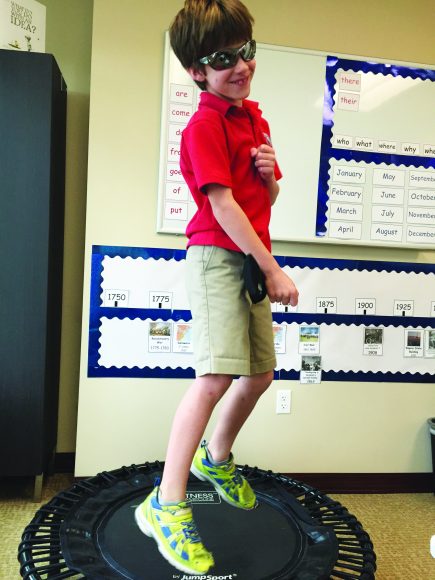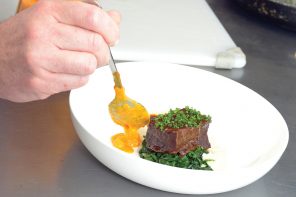I have known my wife, Stacey, for almost a decade now and I’ve come to realize that one of her favorite times of the year is preparing for school to begin. Whether it was setting up her classroom when working at The Windward School in White Plains or now preparing to tutor students at The Reading Village, the private educational business she started in 2014, it brings her great joy.
Stacey talks about her students with such passion and enjoys sharing their success stories with me. She specializes in teaching reading, spelling and writing to children with dyslexia. Movement is important in our family and Stacey gets her students to use their bodies during their lessons. She feels movement is a component to keeping her students attentive. I asked Stacey to share some tips she discusses with parents about the transition back to school and how she uses motion to help her students be successful.
What are your thoughts on going “back to school” each year?
“Back to school brings a special excitement. To teachers, it’s a fresh start to open minds and share the love of learning to your students. To parents, it means stocking up on healthy snacks, getting sharp pencils and perhaps allowing your child to get a new pair of sneakers.
“What does back to school mean for the children?
“When I asked several of my students how they felt about school starting again, the general consensus was they couldn’t wait to see their friends. One student in particular shared her excitement about seeing her friends but then the conversation changed directions. She began talking about her commitment to dance and how she had to be on a train by 6 a.m. to ensure she was done with her school day with enough time to get to her after-school dance lessons. Summer days are gone and your children are about to undergo quite the change….
“Please understand just how much we teachers ask of your children. By the time they get home from school, they may be cognitively and physically tired. As parents, we often have little control over what happens during the school day, but as soon as our little ones are back in our arms, we can help them make good choices about how to spend their afternoons. I often suggest that parents set routines and allow the children to be a part of how to schedule the rest of the day.”
Do you have any suggestions on exactly how to incorporate movement into a child’s educational routine?
• “No gadgets needed. Have a conversation with your children and let them know you understand how demanding their day has been. Get them running around outside and get their blood flowing. Set an agreed-upon time to play before starting work. Let them set a timer and explain that once the timer goes off, homework begins.
• “Jump around. Whether I am working with first-graders or sixth-graders, I get my students out of their seats during lessons. I’m such a believer in movement that I have a trampoline in my office. I once had a student ‘write’ an entire essay while jumping on a trampoline. It was amazing how he could brainstorm and clearly express what he wanted to write. As his tutor, I wrote down his ideas and we even revised and edited his work with him still jumping on the trampoline. If your children have homework that can be practiced orally, have them jump or hop as they explain the answers. If they are studying for a multiple-choice exam, write a, b, c and d on an index card, place them in different parts of the room and have your child jump to the correct answer.
• “In addition to a trampoline, I have an exercise ball in my office. I’ve had many students tell me that the movement and bounce they get with the ball helps them maintain attention much better than sitting on a hard chair. Allow your children to choose which seat they want and discuss if the movement helps them learn. This can lead to important conversations about how your children learn best.
• “Get creative and be multisensory by using all the learning pathways — seeing, hearing, feeling and awareness of motion. If your child has a spelling test, don’t just grab a pencil and paper to study. Use sandpaper, trays of sand or any tactile surface and have your children spell the words. They will get a muscular feel as they speak the letters. There has been much research that shows that using multisensory learning results in greater ease and success in learning.
“Set a routine, keep everyone smiling and balanced. Happy learning.”
For more, visit TheReadingVillage.com. And reach Giovanni on Twitter @GiovanniRoselli and at his website, GiovanniRoselli.com.





